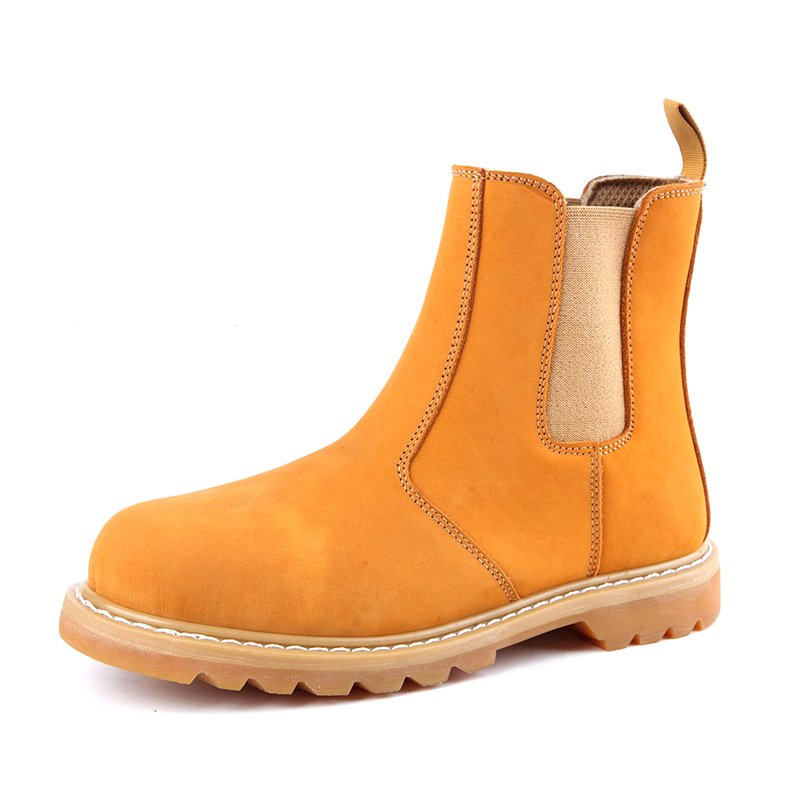Inspection method of protective limb safety equipment
Physical protection, as the name suggests, refers to the protection of hands and feet. The usual protective equipment includes protective shoes, protective shoes and protective gloves. For different types of work and workplaces, these two types of protective equipment are also divided into many categories
1. Foot protection-multifunctional safety shoes
Various types of protective shoes, such as leather safety shoes, shoes and anti-static, anti-adhesive surface drop safety shoes, insulated shoes, low voltage insulated shoes, acid shoes, boots, acid plastic molded boots, high temperature protective shoes, anti-piercing Welding of shoes and safety shoes. It should be used depending on the chosen workplace and content. Insulating boots, welding protective shoes, acid rubber boots and leather safety shoes are commonly used in power construction sites. Need insulated shoes
①It must be used within the specified voltage range
② If the rubber part of the insulated shoes is not damaged, a preventive inspection is required every six months
③ Water, oil, acid, alkali and other conditions shall not be used as auxiliary safety devices.
2. Hand protection-protective gloves
Most of the work on the construction site is done by two hands. When using protective gloves, it is necessary to analyze the workpiece, equipment and operating conditions, and select gloves with suitable materials, compatible functions, and convenient operation to protect them. But for work that requires fine adjustments. Wearing protective gloves is not easy to operate, especially for operators who use drilling machines, milling machines, conveyor sides, and parts that are in danger of being pinched. If they use gloves, they may be trapped or pinched by the machine. The protective gloves commonly used in power construction sites are as follows
①Protective gloves. The utility model has the function of protecting the arm, and workers generally use this glove when working.
②Insulating gloves for on-site work. Select the appropriate insulating gloves according to the voltage, check the surface for cracks, stickiness, brittleness, and tensile properties. It is forbidden to use them abnormally under a risky request.
③Acid and alkali resistant gloves. Mainly manifested as contact with acid and alkali of worn gloves.
④Rubber oil-resistant gloves. Mainly used in some oil fields and other places, vegetable oil, cellulite and other diluting gloves worn during various operations.
⑤ Welder’s gloves. Wear protective gloves for electric welding and fireproof welding. The leather or canvas surface should be checked for defects such as stiffness, thin files, holes, etc., such as defects, shall not be used. The gloves should be long enough so that the wrists are not exposed.
Inspection methods of common safety protection tools
In the first two issues, Naigeyou introduced the preventive measures for the protective equipment of the head and body of the editor. After the precautions for the use of limbs in this article, the introduction of protective equipment, the editor also wants to share with you these common Safety test method support.
Common safety protection devices must be carefully checked and tested. Whether there are cracks in the helmet after being hit by an object.
① A 3 kg steel ball with a safety helmet was not damaged under the impact of a vertical free fall with a height of 5 meters. The test uses a wooden half-round head model, and fixes the elastic buffer band in the helmet on the model. This method can be used to test helmets made of various materials.
②The seat belt status stipulates that the factory test is to hit the seat belt from a 2 ≤ 2.8m viaduct with a weight of 120 kg, and all components are qualified without damage. According to the actual situation, the construction unit can adopt some feasible methods according to the local conditions under the condition of meeting the test load standard. Some construction units often use bags such as sawdust as fillers and iron blocks to meet the test load standards. Use a special experiment rack to conduct motion and static load tests.
Accessories nylon seat belt 1200~1500kg, watch strap 700~1000kg final tensile index, safety rope 1500kg, hook and loop 1200kg, fastening clip 60kg, leg strap 700kg.
The new seat belt will be tested after two years of use, and the old seat belt will be tested every six months. It should be noted that seat belts that have been tested are not allowed to be used again.
③Attention must also be paid to the inspection of personal protective equipment.
Whether the product is a unit product of “production license”
Does the product have a “product certificate”
Whether the product meets the relevant quality requirements of the product
Whether the specifications and technical performance of the product meet the protection requirements of the operation.





